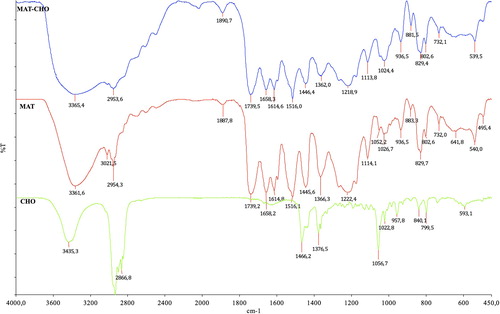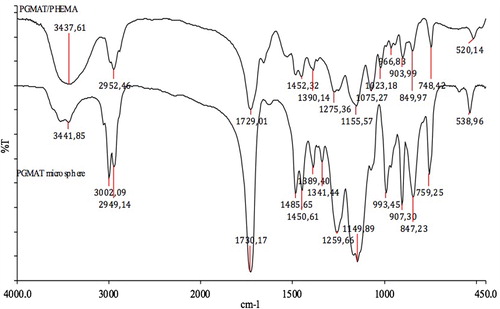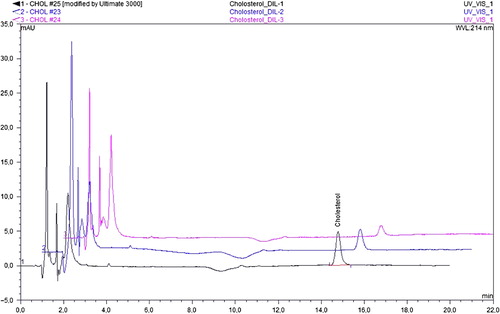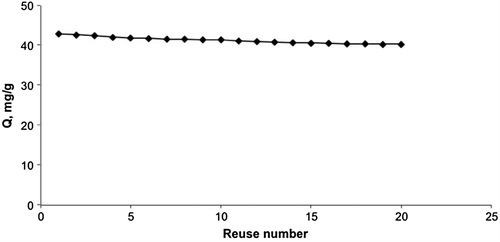Figures & data
Table I. Swelling properties of the mip/nipPGMAT/PHEMA composite cryogels.
Figure 4. SEM images of PHEMA cryogels (A, B); PGMAT/PHEMA composite cryogels, (C, D) (macropore radius: ˜100 μm); Cholesterol-imprinted microspheres (E, F) (microsphere radius: ˜2 μm).
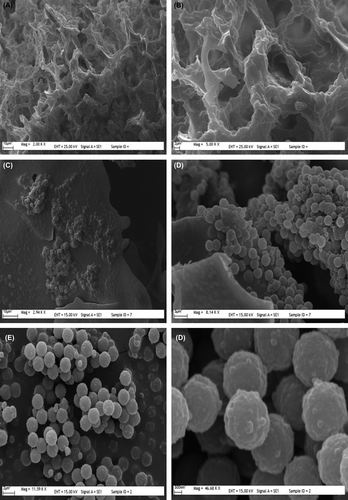
Table II. Statistical evaluation of the calibration data of cholesterol.
Figure 6. Effect of flow rate on cholesterol adsorption. Cholesterol concentration: 0.5 mg/mL, T: 20°C, Time: 2 h.
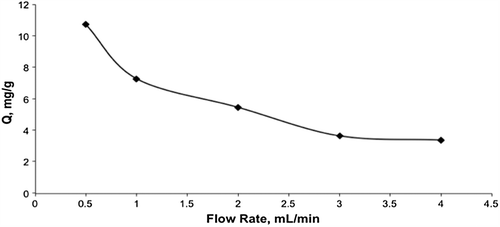
Figure 7. Effect of initial concentration of cholesterol on adsorption amount. Flow rate: 0.5 mg/mL, T: 20°C, Time: 2 h.
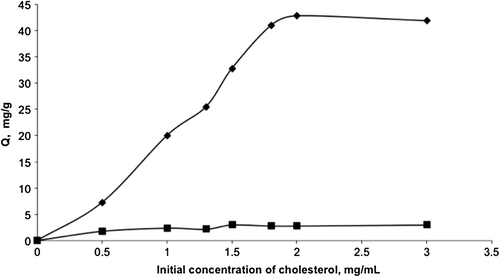
Table III. The Langmuir and Freundlich adsorption isotherm constants.
Table IV. The pseudo first/second order kinetic constants for mipPGMAT/PHEMA composite cryogel.
Figure 9. Adsorption of cholesterol in the presence of competitor estradiol and stigmasterol molecules on mip/nipPGMAT/PHEMA composite cryogels.
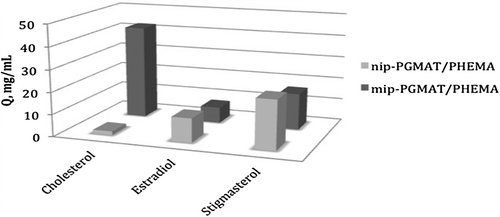
Table V. k, kd and k’ values of estradiol and stigmasterol with respect to cholesterol.
Table VI. Cholesterol removal from homogenized cow milk.


